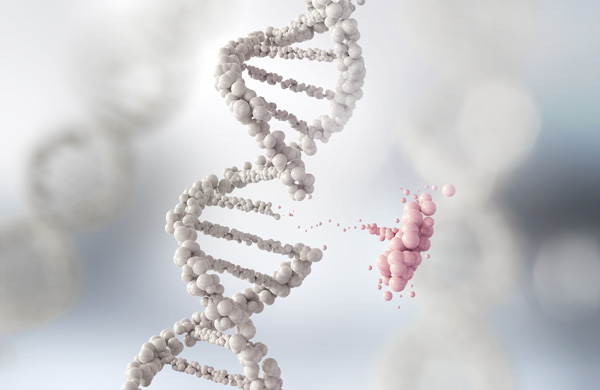Understanding What Gene Therapy Is
Gene therapy aims to modify or replace genes to cure a disease. Genes in
human DNA provide the code to build proteins. If the code is not correct (for instance if it has been changed by a mutation) this can lead to proteins not working properly or not functioning at all, which in turn can result in disease. The idea of gene therapy is to address this type of genetic problem at the root. There are different types of gene therapy. It may restore the function of the protein by replacing the faulty gene with a healthy copy, add genes to help the body fight a disease, or turn off genes that cause issues. In what follows the focus is on gene therapy that aims at replacing faulty genes.

How does it work?
To replace a faulty gene, the task requires the transport of a healthy gene into cells capable of producing enough functioning protein. This is done by using a carrier (called a “vector” ) that is engineered to transport a healthy version of the gene that has the correct code for building the protein. The most commonly used vectors are viruses that have been specifically modified so that it cannot cause disease itself. A healthy copy of the target gene is then packed in the virus, and this engineered virus is then administered to the patient usually with an infusion. If the treatment is successful, the inserted gene will make functioning proteins.
There are two options for this procedure depending on the type of virus that is used as a vector. Either the healthy gene that is injected in the cell just stays in the cell nucleus (non-integrating), and is used within that cell to produce a functioning protein, or the healthy gene is fully integrated into the DNA of that cell. If it is integrated, then the healthy gene is also copied when the cell multiplies. This can be an advantage in the growing organ, but more generally both methods have pros and cons.
The whole process can be done in the body (“in vivo”) or outside of the body (“ex vivo”). When it is done inside the body, the vector is injected directly into the patient. When it is done outside of the body, tissue can be taken from the patient, and cells can be isolated. The vector is then introduced in the cells, and the cells with the correct gene are injected back into the patient.
Status quo of gene therapy
Since 2017 the US Food and Drug Administration (FDA) has approved multiple gene therapy products. Several are designed to attack specific types of cancer. Other examples are for genetic conditions starting from birth, including a rare form of blindness and spinal muscular atrophy.
Potential for PFIC
A paper published in the International Journal of Molecular Sciences in December 2020 by Bosma and colleagues (“Gene therapy for Progressive Familial Intrahepatic Cholestasis: Current Progress and Future Prospects”) provides a review of the potential of different types of gene therapy (integrating/non-integrating, in vivo/ ex vivo) for the different PFIC subtypes. According to this review, pre-clinical research with mice has demonstrated the feasibility of both non-integrating and integrating gene therapy approaches for PFIC 3. The authors state that future gene therapies for PFIC 1 and 4 could also have potential for life-long correction. It is argued that the risk of cancer could be a remaining risk in PFIC 2 and PFIC 5 patients, and that gene therapy for PFIC 6 would only target a small subgroup of these patients.
